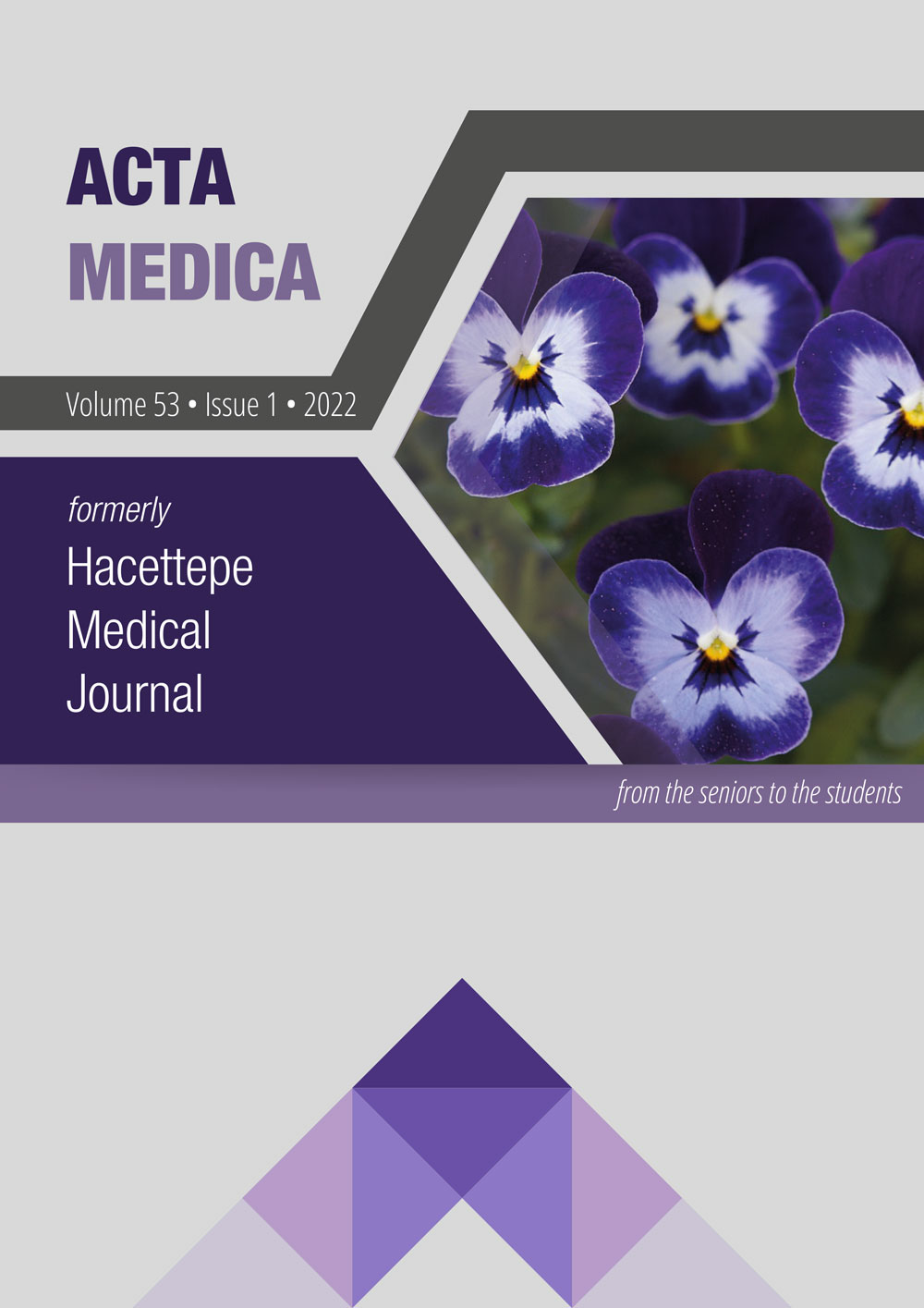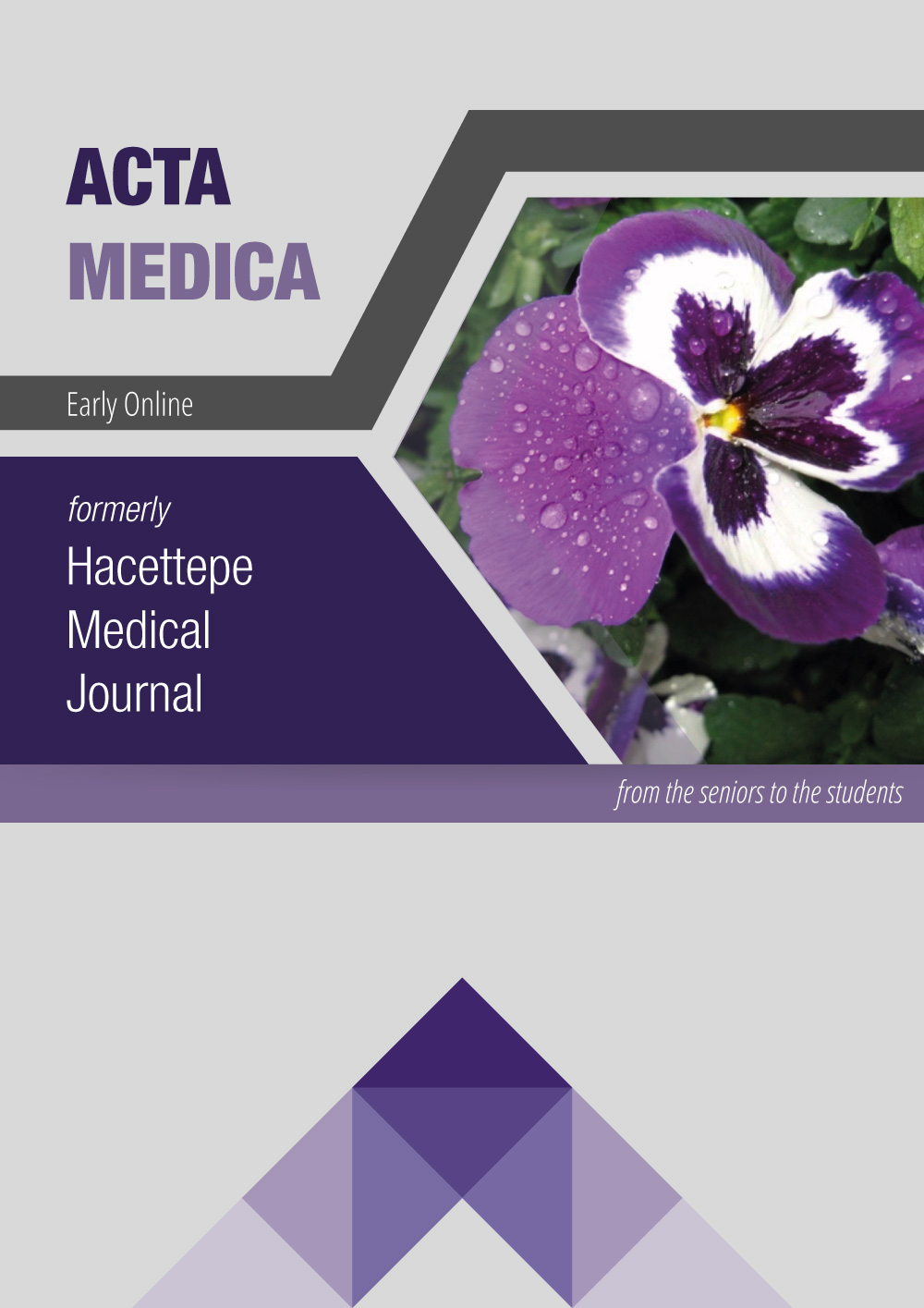The Potential Use of Elastic Tissue Autofluorescence in Formalin-fixed Paraffin-embedded Skin Biopsies
DOI:
https://doi.org/10.32552/2022.ActaMedica.655Abstract
Autofluorescence (AF) or naïve-florescence is the natural emission of light by biomolecules. During florescence microscope examination, we realized that elastic tissue is brighter or more autoflourescent than collagen and other biomolecules/cells in the skin. Consequently, we decided to review elastic tissue-related pathologies under a florescence microscope and to report the possible benefits of this technique from selected cases from the paraffin-block archive, by using the protease digestion immunofluorescence method. Selected and clinic-pathologically confirmed 3 elastofibroma dorsi, 3 pseudoxanthoma elasticum, 3 anetoderma, 3 arteriovenous malformations, 3 temporal arteritis, 3 scar tissue and 3 highly solar-damaged samples of skin from 2014-2019 were retrieved. Under the fluorescent microscope, coarse, thick and globularly-fragmented elastic fibers of elastofibroma dorsi, shortened, irregular and convoluted elastic fibers of pseudoxanthoma elasticum, internal elastic membranes of arteries and their integrity was visualized. None of the anetoderma cases had any signal representing elastic tissue. It was shown that elastic tissue can be observed easily under fluorescence microscope in the case of FFPE tissues. The resulting autofluorescence can be useful in recognizing elastic tissue-related pathologies, and it may be used as an ancillary or an alternative method to routine histochemical techniques.


